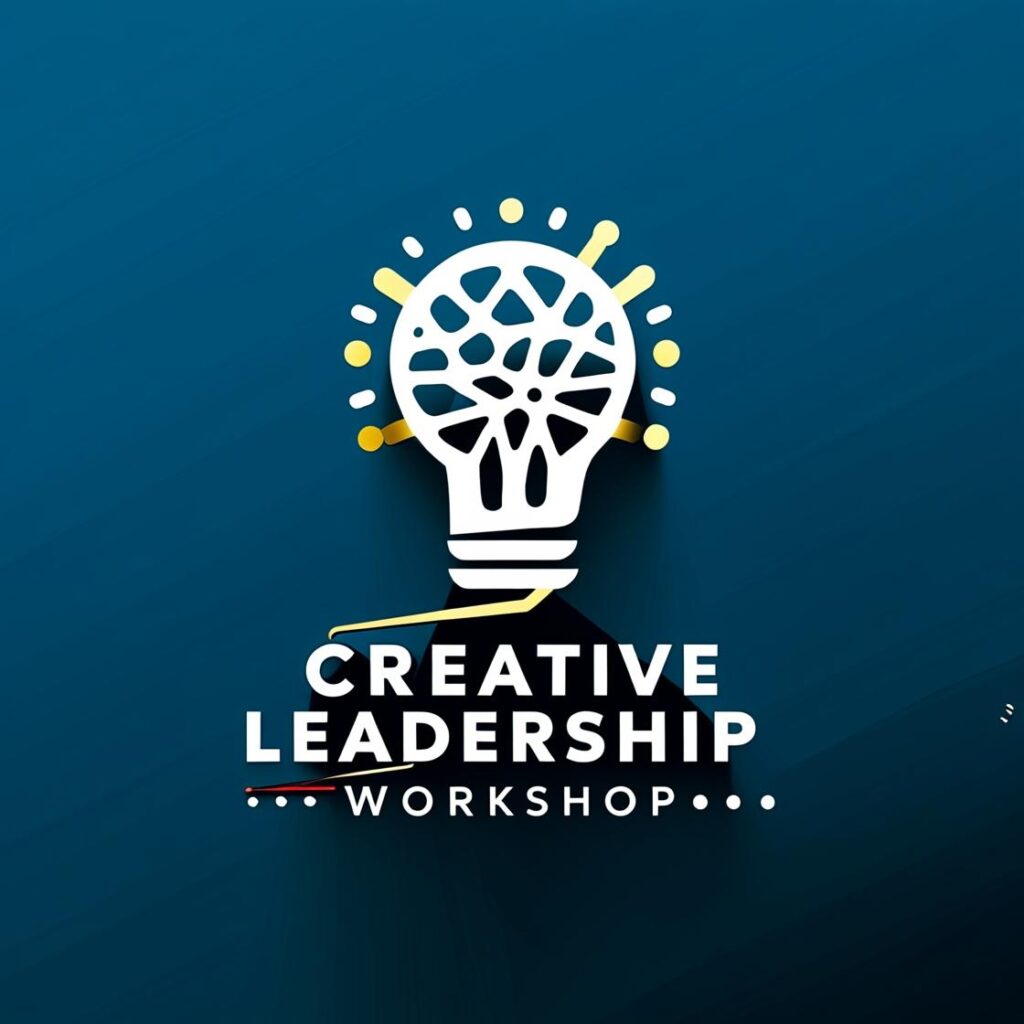Filipinos are natural dreamers. Many of us have imagined opening a small sari-sari store, building a startup, or turning a family recipe into the next big brand. Entrepreneurship feels like a path toward freedom, financial stability, and legacy.
But if you search online for “successful entrepreneurs in the Philippines,” most of what you’ll find are short lists with names and net worths. Interesting, yes, but not very useful. They don’t show you the struggles, the decisions, and the lessons that can help you on your own journey.
This article is different.
Here, we’ll meet 10 living Filipino entrepreneurs who didn’t just build businesses — they built movements, communities, and companies that continue to shape our country today. For each builder, you’ll learn:
- How they started.
- The big moves that set them apart.
- The practical lessons you can apply right now.
Because entrepreneurship is not just about money. It’s about vision, grit, and the Filipino spirit of sipag at tiyaga.
The 10 Builders
1. Tony Tan Caktiong – Jollibee Foods Corporation
Start Small, Think Big
In the 1970s, Tony Tan Caktiong started with a small ice cream parlor in Quezon City. It wasn’t glamorous. Just a few flavors, a family-run operation. But he noticed something important: customers weren’t just coming for ice cream — they wanted meals.
So, he pivoted. He added fried chicken, spaghetti, and burgers. Soon, the ice cream shop became a fast-food giant. Today, Jollibee is not only the number one fast-food chain in the Philippines, it’s an international brand with thousands of branches worldwide.
Lesson: Start with what you can manage, but always keep your eyes open for opportunities to expand.
Action: Don’t be afraid to pivot when the market tells you what it wants.
2. Lucio Tan – LT Group, Inc.
The Power of Diversification
Lucio Tan’s journey began humbly as a janitor and working student. He later built Fortune Tobacco, which became his first empire. From there, he expanded into banking (PNB), airlines (Philippine Airlines), liquor (Tanduay), beverages, and real estate.
His empire was not built overnight. It was the product of patience, calculated risks, and reinvesting in opportunities across different industries.
Lesson: Don’t put all your eggs in one basket. When one sector struggles, another can sustain you.
Action: As a small entrepreneur, you don’t need multiple businesses right away. But learn how to expand your income streams — start with one, then diversify slowly.
3. Maria Ressa – Rappler
Mission Over Money
Maria Ressa may not be a billionaire like others on this list, but her entrepreneurial courage is undeniable. As co-founder and CEO of Rappler, she built a media company that prioritized truth and accountability at a time when misinformation spreads like wildfire.
Her entrepreneurial lesson is not about rapid expansion or net worth — it’s about anchoring your venture in values. In 2021, she became a Nobel Peace Prize laureate, proving that businesses driven by purpose can gain global influence.
Lesson: A strong mission creates resilience, even when money and politics threaten survival.
Action: Anchor your business in values. Purpose is your competitive edge.
4. Edgar “Injap” Sia II – Mang Inasal / DoubleDragon
The Provincial Playbook
Injap Sia grew up in Iloilo, where he saw a gap in the food industry. Mang Inasal — grilled chicken served with unlimited rice — was his answer. He built it quickly, scaling across the provinces before fast-food giants could react. Eventually, he sold a majority stake to Jollibee, becoming the youngest billionaire in the Philippines.
He didn’t stop there. With Tony Tan Caktiong, he co-founded DoubleDragon Properties, developing malls and real estate projects nationwide.
Lesson: Big opportunities don’t always start in Metro Manila. Sometimes, the provinces are where innovation begins.
Action: Look around your local community. The market gaps are often right under your nose.
5. Ramon Ang – San Miguel Corporation
Scale Beyond Limits
Ramon Ang transformed San Miguel Corporation from a food and beverage powerhouse into a conglomerate with interests in power, infrastructure, and fuel. His strategy? Expansion through bold acquisitions and investments.
Ang is known for his aggressive yet visionary approach — betting on massive infrastructure projects that reshape industries.
Lesson: To build something lasting, you must sometimes bet big.
Action: Once you have a strong foundation, think about how to expand your influence beyond your core industry.
6. Jaime Augusto Zobel de Ayala – Ayala Corporation
Legacy + Innovation
The Ayala family has been building businesses for generations. Under Jaime Augusto Zobel de Ayala, the conglomerate expanded into telecoms, water, real estate, and renewable energy.
What’s remarkable is how he has steered a 190-year-old company to remain relevant in a digital age. He emphasizes innovation, sustainability, and inclusive growth.
Lesson: Legacy businesses don’t have to be outdated. With the right leadership, they can lead in innovation.
Action: Even if your family business feels “old,” find ways to innovate and modernize.
7. Lucio & Susan Co – Puregold Price Club
Affordable Scale
Puregold started in 1998 as a humble grocery store in Mandaluyong. Lucio and Susan Co built it with a clear vision: provide affordable products for Filipino families.
By focusing on scale, efficiency, and customer loyalty, Puregold became one of the largest supermarket chains in the country.
Lesson: Understand your customer deeply, then scale your solution without losing your promise.
Action: Ask yourself: what is the simplest promise you can consistently deliver to your customers?
8. Reese Fernandez-Ruiz – Rags2Riches
Purpose Meets Profit
Reese Fernandez-Ruiz co-founded Rags2Riches, a social enterprise that partners with women artisans from Payatas. What started as a livelihood project became a global fashion brand, collaborating with designers like Rajo Laurel and offering products internationally.
She proves that business can serve both profit and people.
Lesson: Social entrepreneurship is not charity. It’s sustainable business with heart.
Action: When designing your venture, think of how it can uplift communities, not just shareholders.
9. Louise Mabulo – The Cacao Project
Sustainable Growth
Louise Mabulo was only 18 when she started The Cacao Project, helping farmers in Camarines Sur cultivate cacao in climate-resilient ways. Her work empowers local farmers, restores land, and creates global opportunities for Filipino chocolate.
She was named a Forbes 30 Under 30 honoree, proving that young entrepreneurs can make global waves.
Lesson: Young age is not a disadvantage. Sustainability is the future of entrepreneurship.
Action: Don’t wait to be older or richer to start. Start where you are, with what you have.
10. Jonha Richman – Entrepreneur & Investor
Build Global, Stay Filipino
Jonha Richman is an entrepreneur and investor who has worked across digital media, real estate, and venture capital. She’s known globally for her insights on startups, branding, and women empowerment.
Her success story shows that Filipino entrepreneurs can thrive internationally while still uplifting their roots.
Lesson: In the digital age, your reach can be global even if your base is local.
Action: Use technology and networks to amplify your brand beyond borders.
The Builders at a Glance
| Entrepreneur | Company / Brand | Net Worth / Scale | Key Lesson | Action Step |
|---|---|---|---|---|
| Tony Tan Caktiong | Jollibee, DoubleDragon | ₱200B+ market cap | Start Small, Think Big | Begin with one shop, reinvest profits |
| Lucio Tan | LT Group, PAL | ₱150B+ | Diversify with focus | Build resilience through multiple streams |
| Maria Ressa | Rappler | Global influence | Mission Over Money | Anchor business in values |
| Injap Sia | Mang Inasal, DoubleDragon | Youngest billionaire | Provincial Playbook | Innovate outside Metro Manila |
| Ramon Ang | San Miguel Corp. | Multi-industry giant | Scale Beyond Limits | Bet big when foundation is strong |
| Jaime Zobel de Ayala | Ayala Corporation | ₱600B+ group | Legacy + Innovation | Modernize old systems |
| Lucio & Susan Co | Puregold | Thousands of stores | Affordable Scale | Deliver simple promises consistently |
| Reese F. Ruiz | Rags2Riches | Global social enterprise | Purpose Meets Profit | Merge community & business |
| Louise Mabulo | Cacao Project | Forbes 30 Under 30 | Sustainable Growth | Start young, build green |
| Jonha Richman | Investor, ventures | International networks | Build Global, Stay Filipino | Use tech to scale worldwide |
The Filipino Entrepreneurial Shifts Framework
From these stories, we can extract five powerful shifts:
- Start Small, Reinvent Big – Most began with tiny operations. What mattered was reinvestment and adaptation.
- See Crisis as Opportunity – Many thrived during downturns, turning struggles into openings.
- Diversify Wisely – Don’t stay in one lane forever. Growth requires expanding into new streams.
- Build With Community – Filipino businesses thrive when anchored in bayanihan and malasakit.
- Anchor in Purpose – Profit sustains you, but purpose keeps you resilient.
FAQs
Who is the richest living entrepreneur in the Philippines?
As of 2025, the Sy siblings (heirs of Henry Sy) top the list, but among individuals here, Lucio Tan and Jaime Zobel de Ayala remain among the wealthiest.
Who is the youngest successful Filipino entrepreneur?
Edgar “Injap” Sia became a billionaire in his 30s. Louise Mabulo is a younger social entrepreneur gaining global recognition.
What traits do Filipino entrepreneurs share?
Grit, adaptability, community orientation, and sipag at tiyaga.
Do you need millions to start a business in the Philippines?
No. Many started with tiny capital — from ice cream parlors to sari-sari stores. The key is reinvestment and scaling.
What industries are promising today?
Food, retail, digital, real estate, sustainability, and agriculture remain strong.
How can students learn from these entrepreneurs?
Start small projects now. Intern, volunteer, or launch a mini-venture. Focus on learning, not just earning.
Conclusion
These 10 builders prove something simple but powerful: Filipino entrepreneurs can dream big, start small, and grow global.
They are not just names on Forbes lists. They are stories of grit, reinvention, purpose, and community. From the humble beginnings of Jollibee and Puregold, to the global recognition of Rappler and The Cacao Project, each entrepreneur shows us that success is not about where you start — it’s about how you persist, pivot, and build.
So, if you’re an aspiring entrepreneur reading this, remember:
- Start with what you have.
- Reinvent when needed.
- Anchor in values.
- Build with your community.
- And never stop dreaming.
Because the next “builder” the world needs… might just be you.


